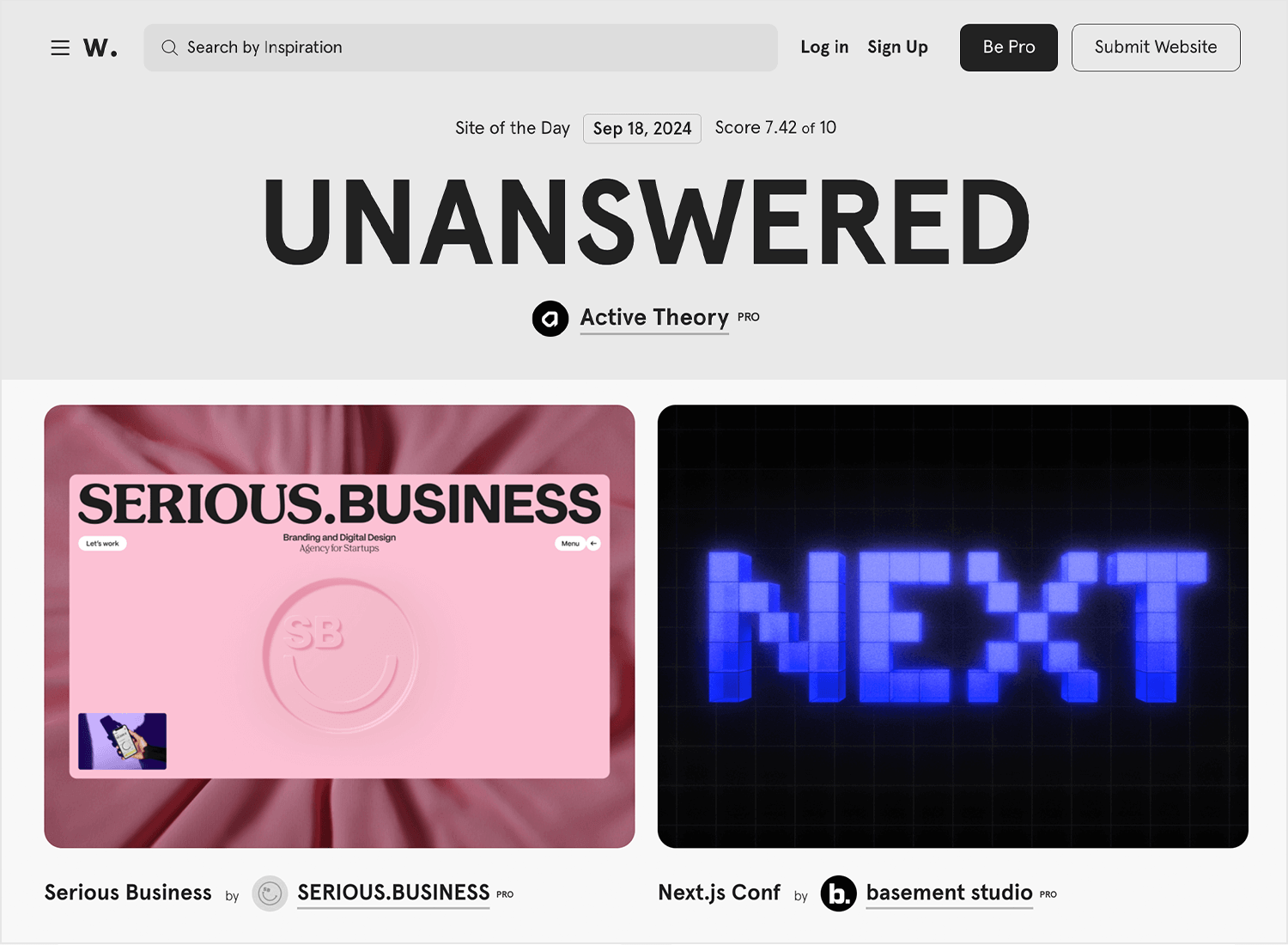Key Elements to Consider When Crafting an Effective Web Design Strategy
Key Elements to Consider When Crafting an Effective Web Design Strategy
Blog Article
How Effective Web Layout Can Increase Individual Experience and Conversions
In the progressively affordable electronic landscape, efficient website design plays a crucial role in improving individual experience and driving conversions. By concentrating on user-centric concepts, such as clear material power structures and intuitive navigating, services can develop engaging platforms that not only draw in visitors yet likewise promote seamless communications. As we check out the crucial elements that add to effective website design, it ends up being obvious that the influence on user fulfillment and conversion prices is extensive. Understanding these dynamics might reveal approaches that could change exactly how customers engage with your site.
Significance of User-Centric Style
In the world of internet design, focusing on user-centric design is paramount for creating effective electronic experiences. This approach concentrates on understanding the needs, preferences, and actions of customers, making sure that electronic user interfaces are instinctive and accessible (Web design). By integrating individual comments right into the style process, internet designers can craft experiences that resonate with their target audience, inevitably causing enhanced involvement and fulfillment
User-centric layout stresses usability, which is crucial for minimizing and preserving individuals bounce prices. When customers can browse a website easily, they are much more likely to discover its web content and transform right into consumers. A user-centered method fosters depend on and reputation, as customers feel that their needs are valued and resolved. This not only improves their experience however likewise urges brand loyalty.

Crucial Element of Reliable Layout
Efficient layout acts as the backbone of user-centric website design, translating individual needs right into visual frameworks that promote interaction. An efficient format prioritizes content with a clear pecking order, guiding customers' eyes to important information first. This hierarchy is usually developed utilizing spacing, color, and dimension, ensuring that vital aspects stand apart.
An additional crucial element is making use of whitespace, which protects against congestion and improves readability. Web design. Whitespace permits elements to breathe, making the overall design show up cleaner and less complicated to browse. Furthermore, consistency in design elements, such as shades and font styles, fosters experience and count on, enabling users to browse the site with greater simplicity
Grid systems can also be important, giving a framework that lines up web content practically and aesthetically. This alignment improves the individual experience by developing a structured aesthetic circulation. Adaptability in layout-- like receptive style-- makes sure that websites execute well across various gadgets, providing to varied individual choices.
Eventually, an efficient design not only astounds individuals but also urges them to engage more deeply, inevitably driving conversions and fulfilling service goals. By concentrating on these crucial elements, designers can develop formats that resonate with customers and improve their total experience.
Navigational Ideal Practices
Clear and instinctive navigation is crucial for enhancing customer experience on a web site. A well-structured navigating system enables individuals to discover information swiftly, which directly influences their complete satisfaction and chance of conversion - Web design. Executing a hierarchical structure is vital; utilize groups and subcategories that practically group related material, making it easier for visitors to explore
Make certain that buttons, links, and food selections keep uniformity in style, shade, and positioning throughout all web pages, providing individuals with an acquainted framework as they navigate. Instead of common terms, choose for clear labels that accurately show the material, aiding individuals in making educated decisions.

Mobile Responsiveness and Accessibility

Ease of access, on the other hand, focuses on making websites functional for individuals with specials needs. This includes sticking to guidelines such as the Web Content Availability Standards (WCAG), which resolve concerns like shade comparison, helpful resources message size, and keyboard navigation. By implementing these requirements, web developers can develop inclusive experiences that deal with a broader target market, thus boosting customer interaction and fulfillment.
Additionally, mobile responsiveness and accessibility not just boost user experience yet likewise positively influence online search engine positions. Browse engines prioritize obtainable and mobile-friendly web sites, making them most likely to show up in relevant search engine result. Subsequently, purchasing these elements of website design not just meets user demands however likewise adds to overall service success with enhanced visibility and boosted conversion prices.
Measuring Success With Analytics
Tracking individual site link interactions and behaviors with analytics is essential for evaluating the success of a web site. By leveraging tools such as Google Analytics, organizations can collect vital data that exposes exactly how individuals engage with their site. Metrics such as bounce rates, average session period, and conversion rates provide understandings right into customer habits and can highlight areas for improvement.
Recognizing user demographics and traffic resources better enhances a site's performance. This information permits internet designers to customize web content and style components to better meet the needs of their target audience. In addition, tracking certain customer trips assists recognize prospective traffic jams in the conversion funnel, allowing organizations to optimize their web style as necessary.
Routinely examining this analytics information is essential for continuous renovation. A/B testing various design components can offer concrete evidence of what resonates with customers, enabling informed decisions based on real-world performance. Ultimately, determining success with analytics not just improves user experience however likewise drives conversions, making certain that website design efforts line up with organization goals. In an electronic landscape where competition is fierce, harnessing the power of analytics is vital to maintaining a successful and easy to use website.
Verdict
In conclusion, effective internet style plays a pivotal role in boosting user experience and driving conversions. Eventually, measuring success with analytics permits for continual improvement, ensuring that design methods stay aligned with customer requirements, thus cultivating business growth and success.
In the increasingly affordable electronic landscape, efficient web layout plays a critical function in boosting user experience and driving conversions. By incorporating user feedback right into the layout procedure, internet designers can craft experiences that reverberate with their target audience, inevitably leading to raised interaction and satisfaction.
Inevitably, the importance of user-centric layout lies in its capability to develop significant communications that drive conversions and foster long-term connections with users, making it an essential part of effective web design strategies.
Eventually, gauging success through analytics not just enhances customer experience yet additionally drives conversions, guaranteeing that web design efforts line up with business read here objectives.In conclusion, effective web style plays a pivotal role in improving individual experience and driving conversions.
Report this page